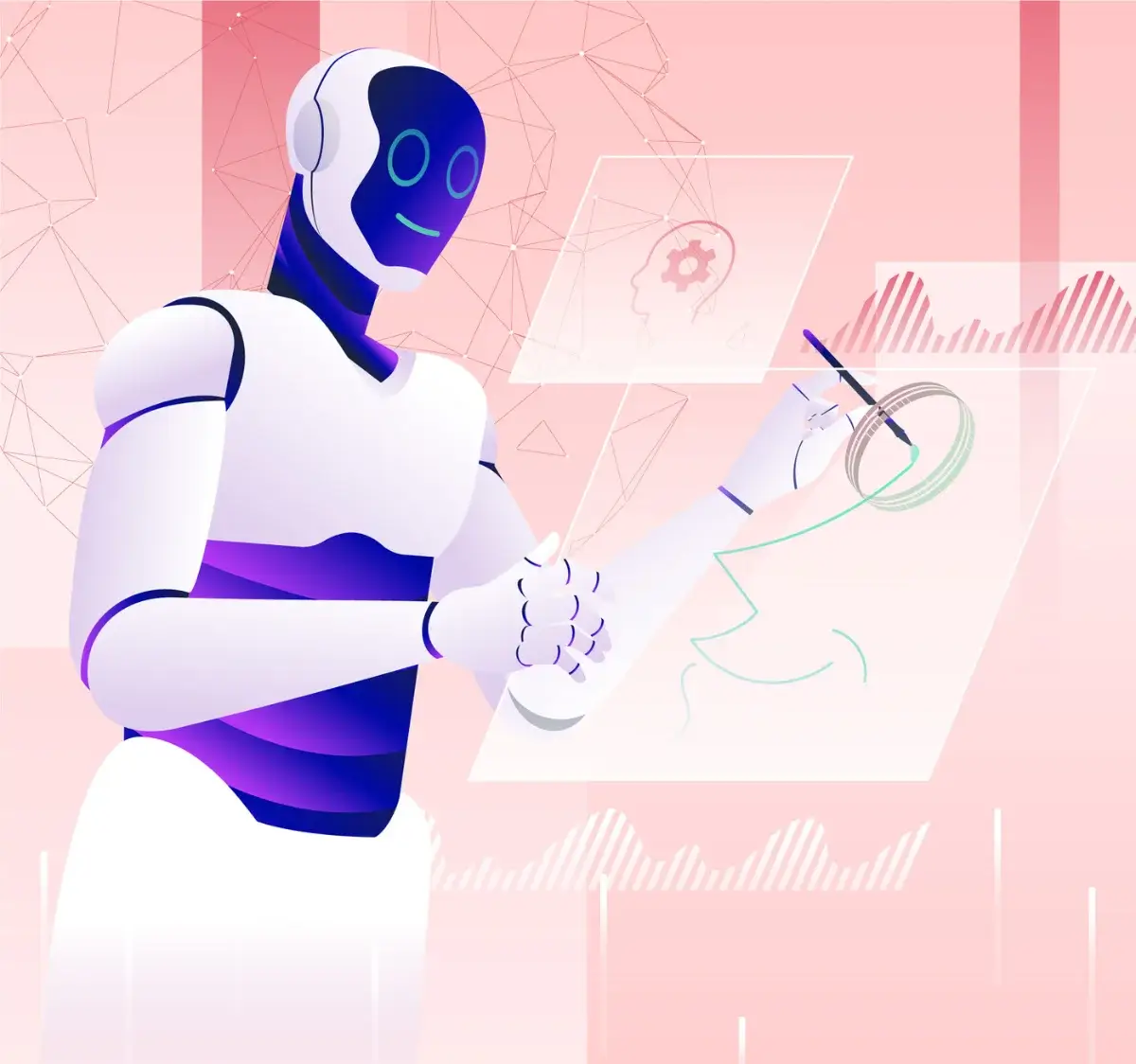Have you ever wondered how a computer learns to recognize faces, understand speech, or even create art? At the heart of these remarkable capabilities lies a technology inspired by the human brain: neural networks. But don't let their complexity intimidate you. Just as we learn to walk before we run, understanding neural networks is a journey that begins with simple steps and builds to amazing possibilities.
The Biological Inspiration
To understand artificial neural networks, let's first look at their biological counterparts. In your brain, billions of neurons form an intricate network, each connected to thousands of others. When you touch something hot, neurons fire in sequence: sensory neurons in your fingertips activate, sending signals through connector neurons, ultimately reaching neurons that control muscle movement. This chain reaction happens in milliseconds, pulling your hand away before you're even consciously aware of the danger.
The Artificial Neuron: Building Blocks of Intelligence
Artificial neurons, like their biological counterparts, are elegant in their simplicity. Imagine a neuron as a personal assistant who receives multiple messages (inputs), weighs their importance (weights), and decides whether to pass along an alert (activation) based on how important the combined message is. This simple decision-making process—receive, weigh, decide—forms the foundation of all neural networks, from the simplest to the most complex.
"The beauty of neural networks lies in their ability to learn complex patterns from simple principles, much like how nature builds intricate structures from basic building blocks." — Geoffrey Hinton
From Single Neurons to Neural Networks
When we connect artificial neurons together, something remarkable happens. Like how individual musical notes combine to create melodies, harmonies, and eventually symphonies, connected neurons can recognize increasingly complex patterns. The first layer might detect simple edges in an image, the next layer might combine these edges into shapes, and deeper layers might recognize entire objects or faces.
The Learning Process: Training Neural Networks
How does a neural network learn? The process is surprisingly similar to how you might learn a new skill. When you're learning to play basketball, you make shots, observe whether they go in, and adjust your technique based on the results. Neural networks learn through a process called backpropagation—they make predictions, measure their mistakes, and adjust their internal connections (weights) to do better next time.
Deep Learning: When Networks Grow Up
As we add more layers to our network, we enter the realm of deep learning. Each layer adds a level of abstraction, allowing the network to understand increasingly complex concepts. Think of it like learning a language: you start with letters, combine them into words, words into sentences, and sentences into stories. Similarly, deep neural networks build understanding layer by layer, from pixels to edges to shapes to objects to scenes.
Different Types of Neural Networks
Just as different problems require different tools, various types of neural networks have evolved to handle specific challenges. Convolutional Neural Networks (CNNs) excel at processing images, much like how your visual cortex processes what you see. Recurrent Neural Networks (RNNs) handle sequences and time-dependent data, similar to how your memory connects past and present experiences. Transformers, a more recent innovation, have revolutionized language processing by maintaining attention across long sequences of information.
Common Challenges and Solutions
Training neural networks isn't without its challenges. Overfitting occurs when a network memorizes training data instead of learning general patterns—like a student who memorizes test answers without understanding the underlying concepts. Solutions like dropout (randomly deactivating neurons during training) and regularization help networks generalize better, similar to how varying your study methods leads to better understanding.
The Architecture of Modern Networks
Modern neural networks are architectural marvels, combining different types of layers and connections to solve complex problems. For instance, the DALL-E system uses a combination of networks to understand text descriptions and generate corresponding images. GPT models use massive transformer architectures to process and generate human-like text. Understanding these architectures isn't just about knowing the components—it's about appreciating how they work together, like understanding how different instruments combine in an orchestra.
Practical Applications and Future Directions
Neural networks are transforming every industry, from healthcare (detecting diseases in medical images) to environmental protection (predicting climate patterns) to creative arts (generating music and artwork). But we're still in the early stages of this technology. Researchers are exploring new architectures, more efficient training methods, and ways to make networks more interpretable and energy-efficient.
Getting Started with Neural Networks
If you're interested in experimenting with neural networks, modern frameworks like TensorFlow and PyTorch have made it easier than ever to build and train your own models. Start with simple projects—perhaps a network that recognizes handwritten digits or predicts simple patterns. As you gain confidence, gradually tackle more complex challenges. Remember, every expert started as a beginner, and every complex network started as a simple one.
Beyond the Basics
As you deepen your understanding of neural networks, you'll discover that they're not just tools for solving problems—they're windows into the nature of intelligence itself. How do networks learn to generalize from examples? How do they represent knowledge? These questions overlap with neuroscience, cognitive science, and philosophy, making neural networks a fascinating lens through which to explore the broader questions of intelligence and learning.
The journey of understanding neural networks is ongoing, with new discoveries and innovations emerging regularly. Whether you're a student, researcher, or professional, there's always something new to learn in this rapidly evolving field. The key is to maintain curiosity and patience, building your understanding layer by layer, just like the networks themselves.


